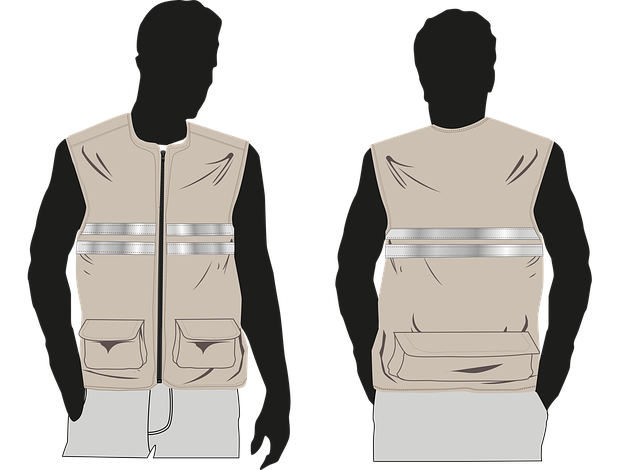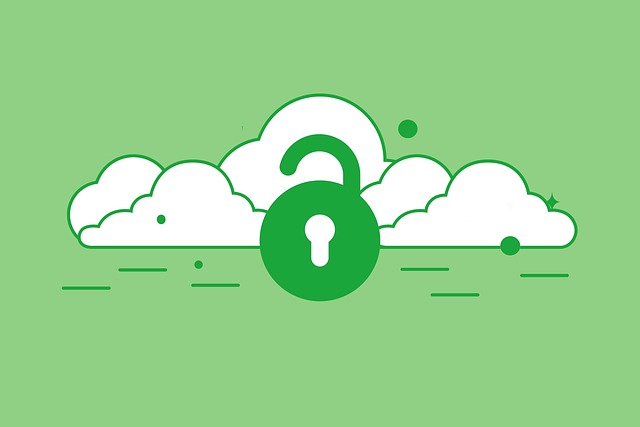Conducting a comprehensive self background check is vital for maintaining personal integrity and safeguarding against identity theft. By verifying your own records, cross-referencing data from various sources, and promptly correcting inaccuracies, you ensure the accuracy of your personal and professional history. Regularly performing self-history reviews and personal background checks help protect your digital footprint and empower informed decision-making based on reliable data.
Are you aware that a simple self background check can reveal surprising red flags hidden in your personal records? In today’s digital age, verifying your own information is crucial to protect against identity theft and fraud. This article guides you through the process of conducting a thorough self background check. We’ll explore how to identify potential issues, verify your own records step-by-step, and take control after uncovering any discrepancies in your personal data.
- Understanding the Importance of Self Background Checks
- Identifying Red Flags in Your Personal Records
- Verifying Accuracy: A Step-by-Step Guide
- Taking Control: Actions After Uncovering Red Flags
Understanding the Importance of Self background checks

Background checks are an essential aspect of verifying your own records and ensuring the integrity of your personal or professional life. Conducting a self-background check allows individuals to take control of their data and uncover potential red flags that might impact their future opportunities. It’s a proactive step towards safeguarding one’s identity and reputation.
When you decide to verify your own records, you gain insights into your history, educational background, employment details, and even legal or financial information. This process helps identify any discrepancies or outdated data, ensuring your personal data remains accurate and up-to-date. By conducting a thorough self-check, individuals can proactively address any issues, protect themselves from potential identity theft, and make informed decisions based on reliable information.
Identifying Red Flags in Your Personal Records

Identifying red flags in your own records is a crucial step in ensuring the accuracy and integrity of your personal information. Often, we assume that our records are error-free, but a self background check can reveal unexpected inaccuracies or concerning discrepancies. By conducting a thorough personal background check, you gain control over your data and safeguard against potential identity theft or fraud.
When you decide to verify your own records, pay close attention to details such as addresses, employment history, education, and public records. Use reliable tools for self-checking and cross-referencing data from various sources. Remember that a check of your own history can help you spot patterns or anomalies that might indicate a need for correction or further investigation. This process empowers you to take proactive measures in protecting your personal identity and maintaining the integrity of your records.
Verifying Accuracy: A Step-by-Step Guide

Verifying the accuracy of your own records is an essential step in maintaining personal integrity and ensuring a clear understanding of your history. It’s a crucial process, especially when it comes to important life decisions like applying for loans, jobs, or even volunteering in certain capacities. Here’s a simple guide to help you navigate this task:
1. Gather Your Records: Start by collecting all relevant documents and records that contain personal information about yourself. This could include birth certificates, passports, driver’s licenses, academic transcripts, financial statements, criminal record checks, and any other official documents that reflect your background and history.
2. Cross-Reference Data: Once you have your records in hand, begin the process of cross-referencing and verifying each piece of information. Check for consistency across different sources. For instance, compare your name, date of birth, social security number (or equivalent), and addresses as listed on official documents. Ensure that all records align accurately to avoid any discrepancies.
3. Digital Verification: Many countries and organizations offer online portals or databases where you can access and verify your own data. Check government websites for record-checking services that allow individuals to confirm the accuracy of their personal information, criminal history (if applicable), and other relevant details.
4. Update and Correct Mistakes: If you encounter any errors, inconsistencies, or outdated information during your self-background check, take immediate action to rectify them. Contact the appropriate authorities, organizations, or institutions responsible for maintaining these records to update or correct the data. Provide them with accurate information to ensure future references are reliable.
Taking Control: Actions After Uncovering Red Flags

Once you’ve identified red flags in your own records through a thorough self background check or conducting a personal history review, it’s crucial to take immediate action. Verify your own data by cross-referencing with credible sources and official documents. This step is essential for ensuring the accuracy of your records and protecting yourself from potential fraud or identity theft.
Taking control means proactively reaching out to relevant authorities or institutions to rectify any discrepancies. It could involve disputing false information, updating outdated details, or requesting additional verification. Regularly conducting personal background checks and self-checking for accuracy is a game-changer in maintaining a clean record. Remember, being proactive in verifying your own data can significantly enhance your digital footprint and safeguard your personal data.






